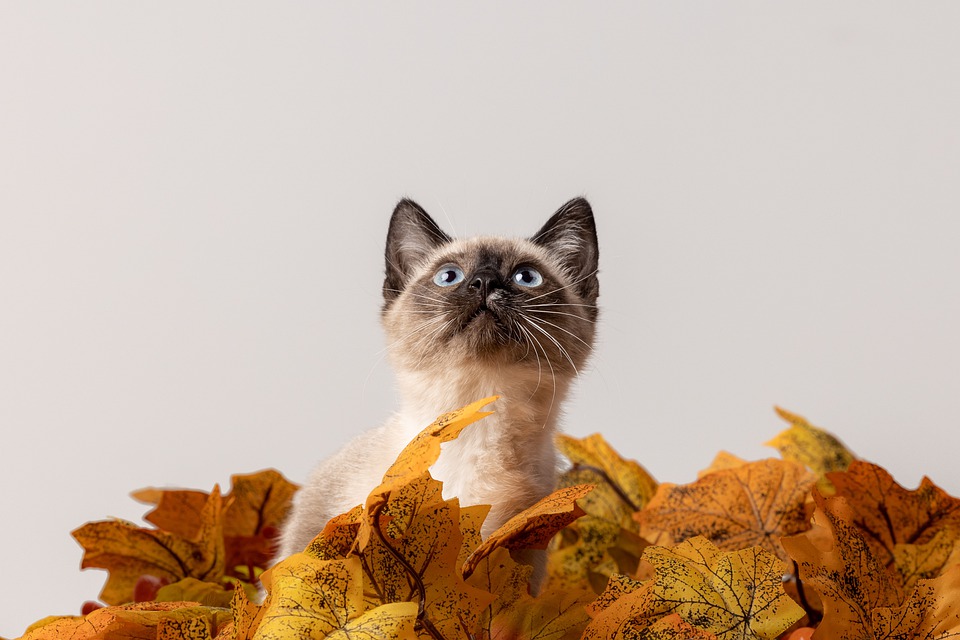Understanding Whisker Stress Behavior in Cats: Unveiling the Secrets of Feline Whiskers
Introduction:
Cats are known for their mysterious and captivating behaviors, and one of the most intriguing aspects of their anatomy is their whiskers. Whiskers, scientifically known as vibrissae, serve a crucial role in a cat’s life. They are not just decorative accessories; they play a significant role in a cat’s sensory perception and overall well-being. In this article, we will delve into the world of whiskers and explore the phenomenon of whisker stress in cats.
Whisker Stress in Cats:
What is Whisker Stress? Exploring the Phenomenon
Whisker stress refers to the discomfort or irritation cats experience when their whiskers come into contact with certain objects or surfaces. Unlike human hair, a cat’s whiskers are embedded deep within their skin and are highly sensitive. When their whiskers are constantly stimulated or squeezed against tight spaces, it can lead to stress and discomfort.
Signs and Symptoms of Whisker Stress in Cats
Recognizing the signs of whisker stress is crucial for cat owners. Common symptoms include excessive grooming and skin irritation, reluctance to eat from certain food bowls, increased anxiety or shyness, and aversion to enclosed spaces. If you notice any of these behaviors in your cat, it may be a sign of whisker stress.
Causes of Whisker Stress: Understanding Triggers
Various factors can trigger whisker stress in cats. Some common causes include narrow or deep food and water bowls that squeeze their whiskers, crowded or enclosed litter boxes, lack of vertical space for climbing and exploring, and exposure to stressful environments or situations. Understanding these triggers is essential for addressing whisker stress effectively.
Whisker Stress Behaviors:
Overgrooming and Skin Irritation: The Itchy Side of Whisker Stress
One of the most common behaviors associated with whisker stress is overgrooming. Cats may excessively groom themselves, leading to skin irritation and even hair loss. This behavior is their way of coping with the discomfort caused by whisker stress.
Food Bowl Blues: How Whisker Stress Affects Eating Habits
Cats experiencing whisker stress may show reluctance or aversion to eating from certain food bowls. This behavior is often due to the discomfort caused by their whiskers touching the sides of the bowl. Providing whisker-friendly food bowls can alleviate this stress and ensure a more enjoyable mealtime for your feline friend.
Startled and Shy: Whisker Stress and Anxiety
Whisker stress can also manifest as increased anxiety or shyness in cats. They may become easily startled or exhibit fearful behavior. Addressing whisker stress can help reduce anxiety and create a calmer and more comfortable environment for your cat.
Vertical Space and Whisker Stress: The Connection Explained
Cats are natural climbers and love to explore their surroundings from higher vantage points. Lack of vertical space can contribute to whisker stress, as it limits their ability to engage in their natural behaviors. Providing cat trees, shelves, or other vertical spaces can help alleviate whisker stress and promote physical and mental stimulation.
Reducing Whisker Stress in Cats:
The Importance of Whisker-Friendly Food and Water Bowls
Choosing the right food and water bowls is essential for reducing whisker stress. Opt for wide and shallow bowls that allow your cat to eat comfortably without their whiskers touching the sides. Ceramic or stainless-steel bowls are ideal choices.
Optimal Litter Box Design: A Whisker Stress-Free Zone
To create a whisker stress-free litter box, choose one that is spacious and easily accessible. Avoid enclosed designs that may squeeze or brush against their whiskers. Additionally, ensure proper litter box hygiene and provide multiple boxes in multi-cat households.
Creating a Feline-Friendly Environment: Vertical Space and Beyond
Enhancing your cat’s environment with vertical spaces, such as cat trees or shelves, can provide them with opportunities to climb, explore, and observe their surroundings. Additionally, incorporating interactive toys, scratching posts, and hiding spots can further enrich their environment and reduce whisker stress.
Minimizing Stressful Triggers: A Calm Haven for Your Cat
Identifying and minimizing stressful triggers in your cat’s environment is crucial for their well-being. This may include reducing exposure to loud noises, providing a designated safe space for your cat to retreat to, and ensuring a consistent routine and structure.
Frequently Asked Questions (FAQs):
Q1: How do I know if my cat is experiencing whisker stress?
A1: Look out for signs such as excessive grooming, reluctance to eat from certain bowls, increased anxiety or shyness, and aversion to enclosed spaces.
Q2: Can whisker stress cause physical harm to my cat?
A2: While whisker stress itself may not cause physical harm, it can lead to secondary issues such as skin irritation, overgrooming, and behavioral problems.
Q3: Are certain cat breeds more prone to whisker stress?
A3: While whisker stress can affect any cat, breeds with longer or more sensitive whiskers may be more prone to experiencing discomfort.
Q4: How can I choose the right food and water bowl to alleviate whisker stress?
A4: Opt for wide and shallow bowls made of ceramic or stainless steel that allow your cat to eat comfortably without their whiskers touching the sides.
Q5: What are some effective strategies to provide vertical space for my cat?
A5: You can provide vertical space by incorporating cat trees, shelves, or wall-mounted perches that allow your cat to climb and observe their surroundings.
Q6: Will reducing whisker stress improve my cat’s overall behavior and well-being?
A6: Yes, addressing whisker stress can lead to a happier and more relaxed cat, improving their overall behavior and well-being.
Conclusion:
Understanding and addressing whisker stress in cats is essential for their overall health and well-being. By recognizing the signs and symptoms, identifying the causes, and implementing strategies to reduce whisker stress, cat owners can enhance their feline friends’ quality of life. Remember, a happy and stress-free cat is a healthier and more content companion.








